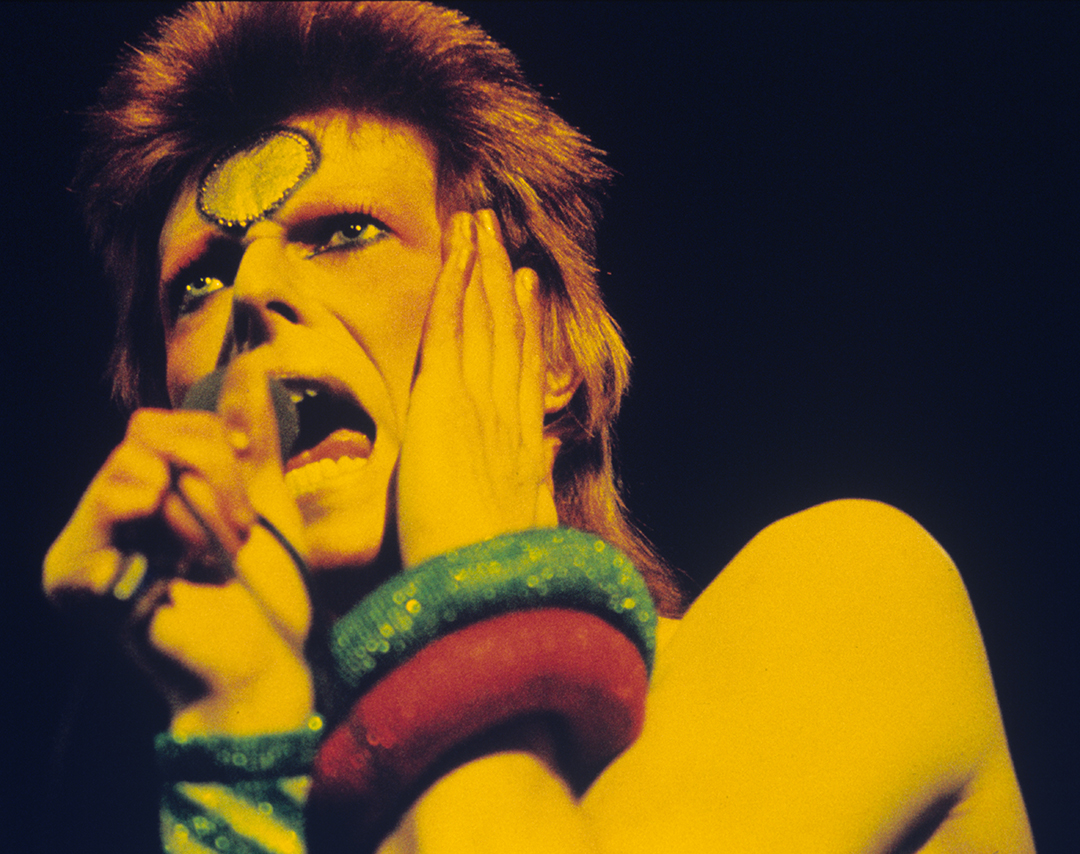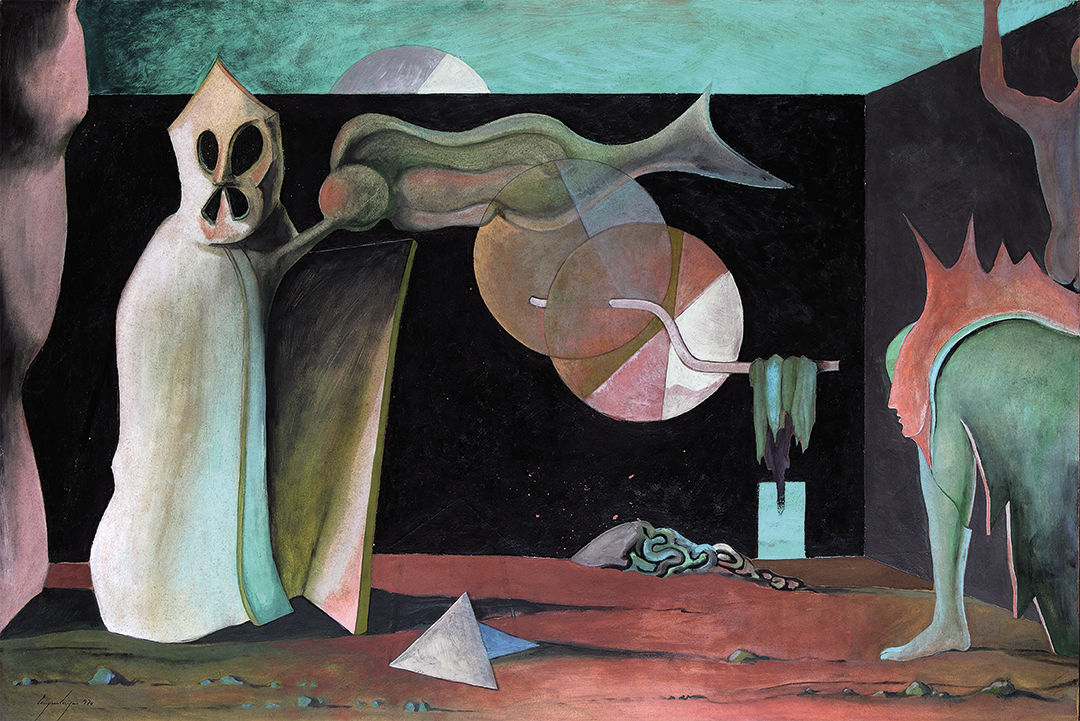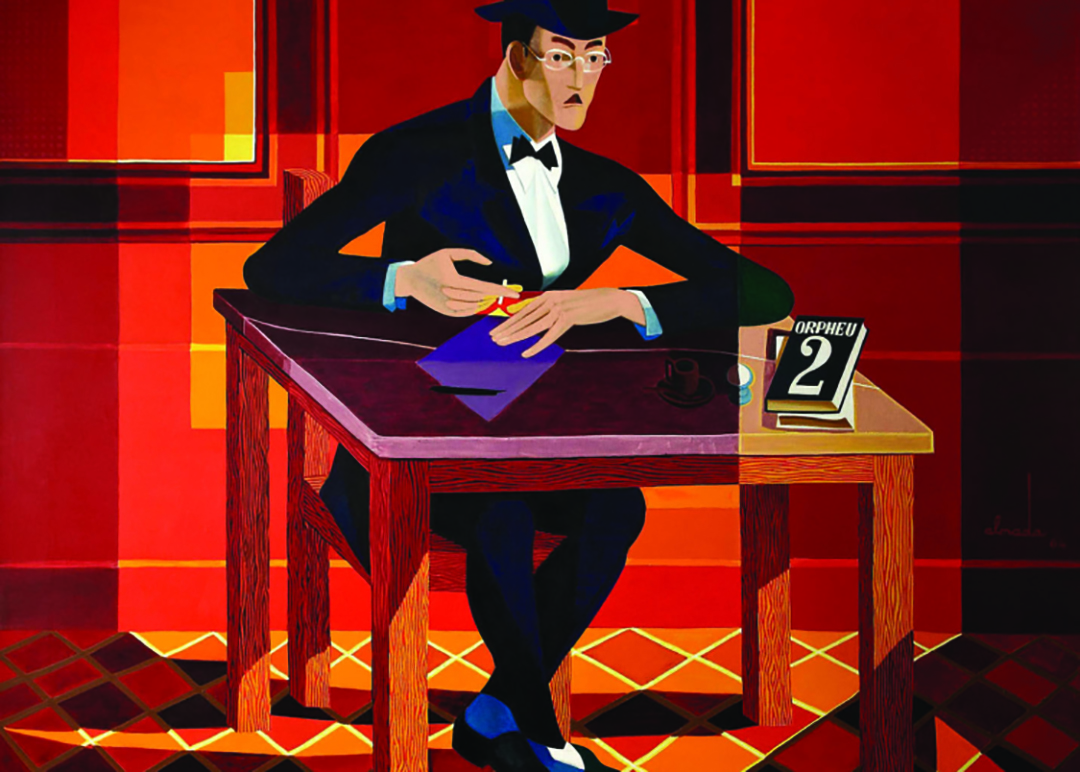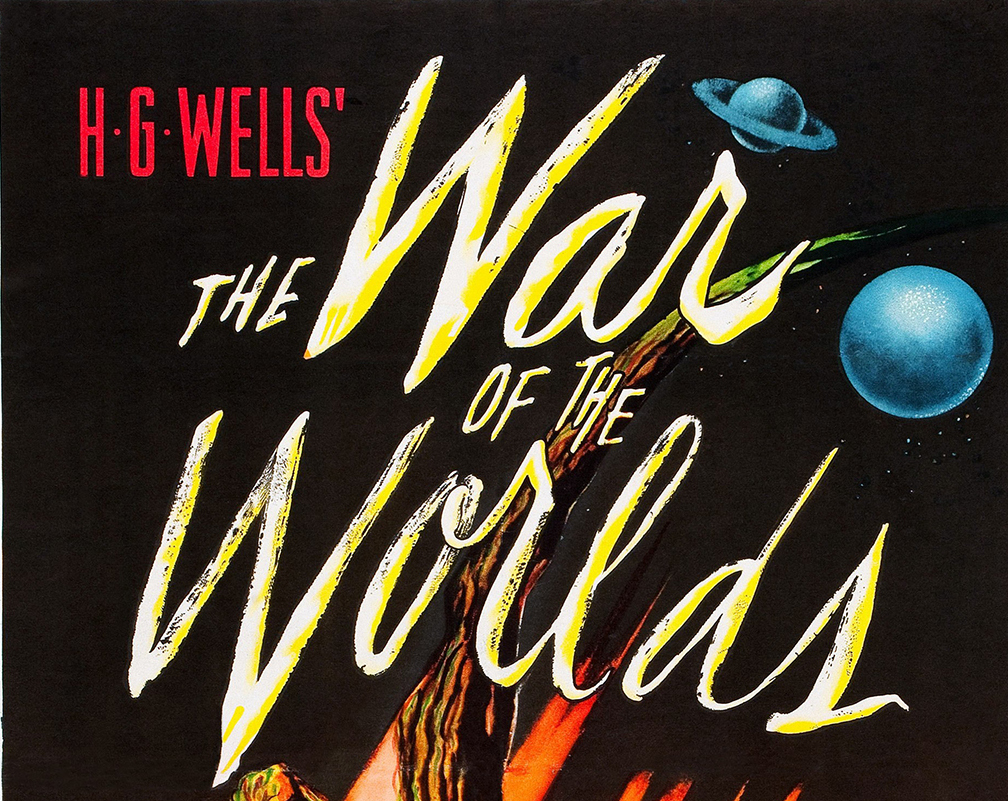
Inspired by Lives from outer Worlds
It is a 60-year old love affair the one between space and popular culture. They have been intersecting and feeding themselves across a broad spectrum of contexts: from cinema to music, from art to advertising, creating heroes and myths, marking generations and immortalizing writers, directors and TV hosts. Taking motion pictures as the greatest example, science discoveries and technology have made fiction more realistic. Likewise, fiction inspired dreams and skyrocketed careers in science. Ground control to souvenirs from outer space.
WELLS & WELLES
“Ladies and gentlemen, we interrupt our program of dance music to bring you a special bulletin from the Intercontinental Radio News.” October 30, 1938. The breaking news on CBS Radio reports several explosions of incandescent gas, occurring at regular intervals on the planet Mars. Because of the consecutive interruptions and the narration’s realistic tone, many listeners thought that a real Martian invasion was happening. But it was a fake newscast and part of Orson Welles “Mercury Theater on the Air” show. Welles wanted to grant listeners with modern adaptations of well-known literary classics. And, for that Halloween, he chose a book that changed science fiction forever.
Written 40 years before, by the English author H. G. Wells, “The War of the Worlds” tells the story of a man and his brother struggling to stay alive as Martians invade South East England. Eventually, Martians were defeated by microbes, not humans. This timeless masterpiece has never lost its grip on readers’ imagination and has been adapted by many film-makers, resulting in one of the first big sci-fi movies of its kind. Directed by Byron Haskin, “the biggest story that could have happened to our world” was the first of five adaptions. It changes the setting to 1953 California and its main character is an American scientist who tries to find a biological weakness in the aliens in order to stop them. The film won an Academy Award for Best Visual Effects.
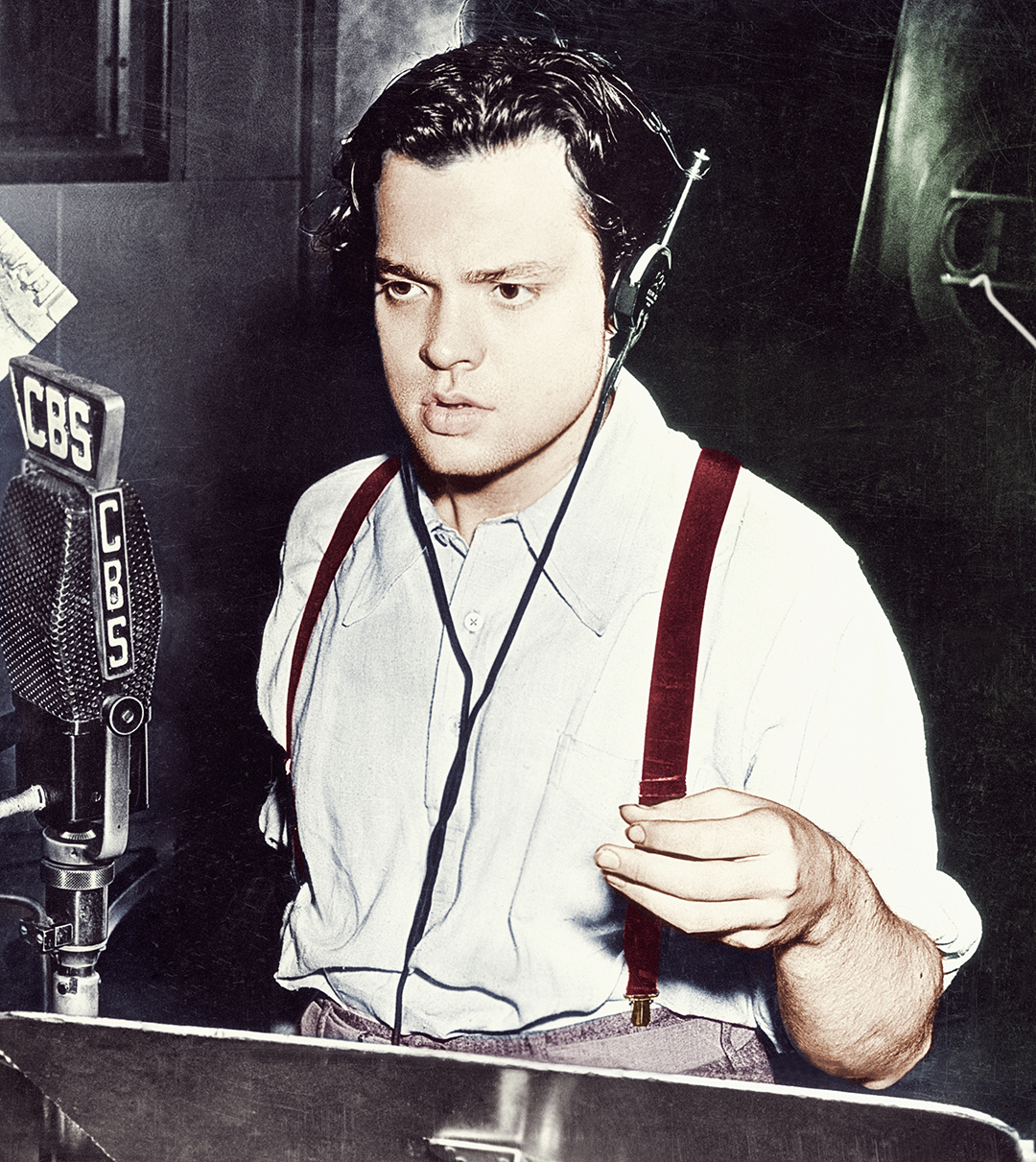
CARL SAGAN
Probably, no one has ever explained space as well as Carl Sagan did. Sagan’s legacy lives on in people who were inspired by the way he promoted science. Some became famous scientists. His personal universe was full of diverse careers: an astronomy professor at Cornell, he wrote more than a dozen books, worked on NASA robotic missions, edited the scientific journal “Icarus” and was the face of science on TV. He was the house astronomer on Johnny Carson’s “Tonight Show” on NBC, but his major contribution to the small screen was the co-creation and co-hosting of PBS series “Cosmos”.
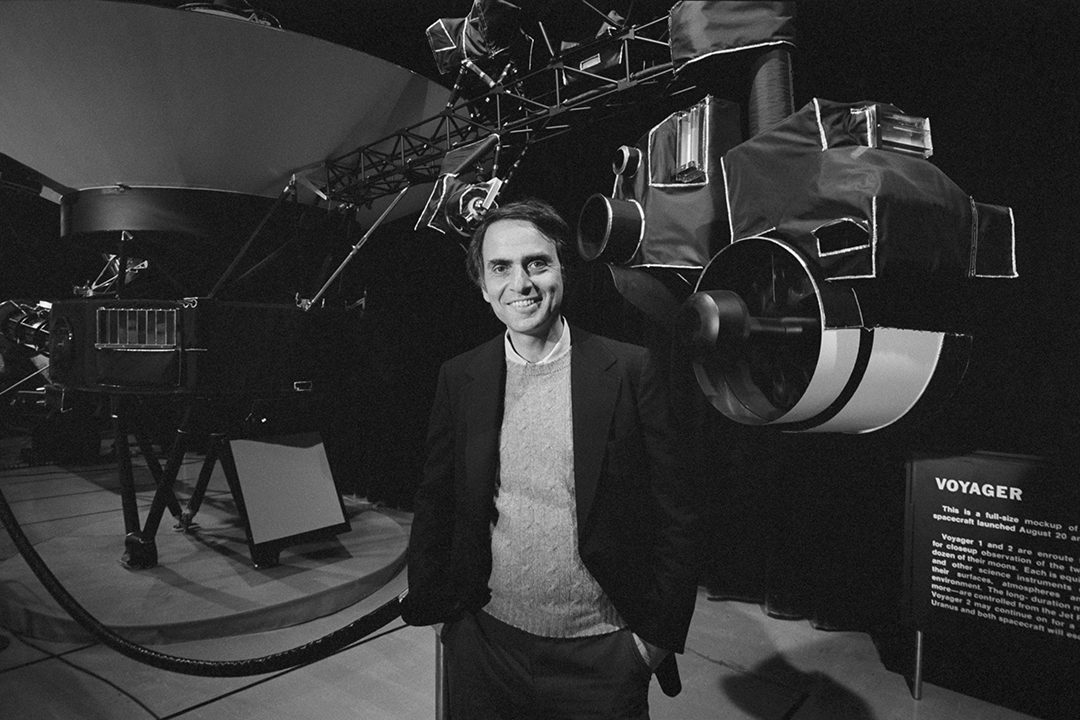
“COSMOS” & “CONTACT”
“The cosmos is all that is, or ever was, or ever will be. Come with me.” It was with these words that the astronomer launched the epic 13-part TV series that brought science to the public like never before. It aired in the fall of 1980 and reached hundreds of millions of people worldwide. The same year, Sagan, also a Pulitzer Prize-author for “The Dragons of Eden” (1978), had “Cosmos” adapted to a book. In its 13 heavily illustrated chapters, corresponding to the 13 episodes of the TV series, he explores 15 billion years of cosmic evolution and the development of science and civilization. If the astronomer explains the universe in “Cosmos”, he predicts our future in “Contact”. Released in 1985 as a failed movie screenplay, the novel imagines the discovery of an advanced civilization in the depths of space. Eventually the film (“Contact”) was released in 1997, starring Jodie Foster. She plays the role of Dr. Ellie Arroway, who finds conclusive radio proof of extraterrestrial intelligence. Someone out there is sharing plans to build a mysterious machine, and Dr. Arroway is chosen to make first contact.
2001, A SPACE ODYSSEY
Most of the sci-fi films that preceded Stanley Kubrick’s “2001, A Space Odyssey” (1968) portrayed extraterrestrials as intruders, invaders and monsters. Creatures to be feared and fought. Regarded as one of the greatest and most influential films ever made, it introduces an alien race superior to ours which wants to gently guide mankind towards a greater level of existence. The alien intelligence was wisely hidden, and the monoliths left by the “Firstborn” (the name given to the unseen species) were the only connection. The movie also explores the difficult relationship between humans and computers with artificial intelligence. Written by Kubrick and Arthur C. Clarke, the screenplay was inspired by Clarke’s “The Sentinel” and other short stories. The film was nominated for four Academy Awards. Kubrick won the Oscar for the Best Visual effects.
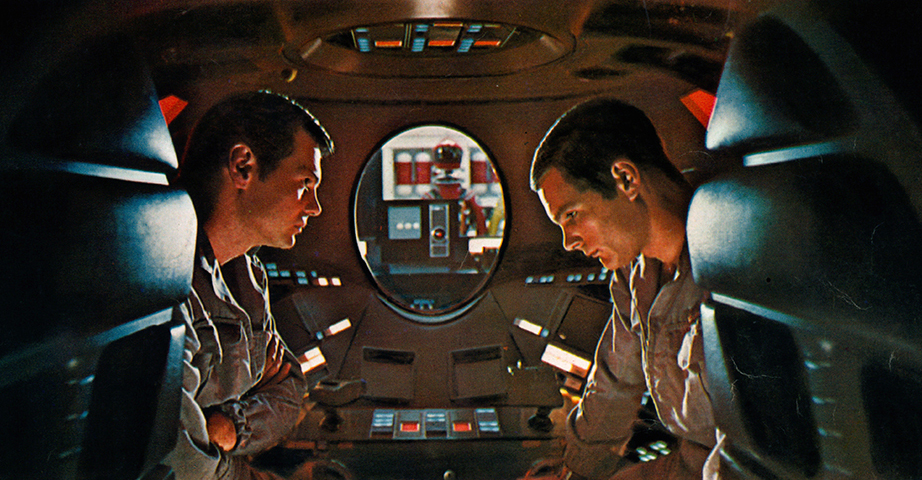
ZIGGY STARDUST… AND OTHER SPATIAL BOWIES
David Bowie reached outer space way before Man set foot on the Moon. In 1967, in “Love You till Tuesday”, from his selftitled debut album, he sang “Don’t be afraid of the man in the moon/Because it’s only me”. Two years after, exactly one month before the Apollo 11 moon landing, came “Space Oddity”. And many more space songs would follow: “Moonage Daydream”, “Starman”, “Life on Mars?”, “Hallo Spaceboy”, “Dancing out in Space”, “Born in a UFO”. The influence – clearly a sign of the times – was, actually, a metaphor for the things that made the inner space of pop culture’s supreme alien go round: existential inquiries, utopian reveries, sex, fame and rock n’ roll. Extraterrestrial androgynous, glamorous Ziggy Stardust, his most known alter-ego, definitely set a new standard for the genre’s theatricality and put Bowie’s career into orbit.
Ziggy retired from stage in 1973, but his creator would play another E.T. three years later, in Nicolas Roeg’s cult-film classic “The Man Who Fell to Earth”. In the film, the late artist poses as a humanoid who comes to Earth on a mission to take water back to his home planet, which is experiencing a catastrophic drought. With “Lazarus”, from his twenty-fifth and last studio album (2015), Bowie travels in the opposite direction, as a human who has ascended to the firmament: “Look up here, I’m in heaven… I’ve got nothing left to lose”. Nina Simone, whom David Bowie befriended in the early ‘70s, once said: “David ain’t from here”. And music can only be grateful for his lifelong incursion.
